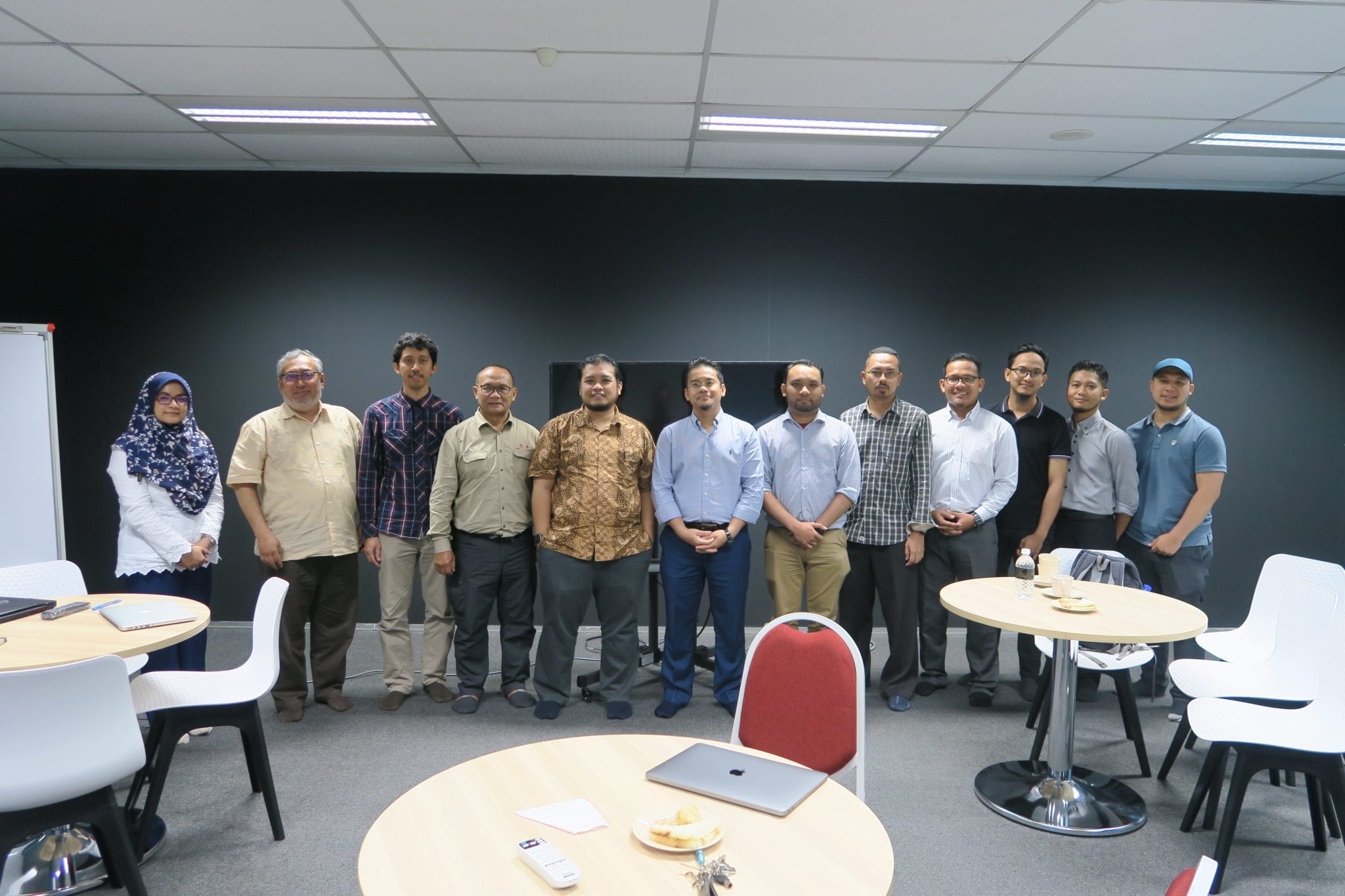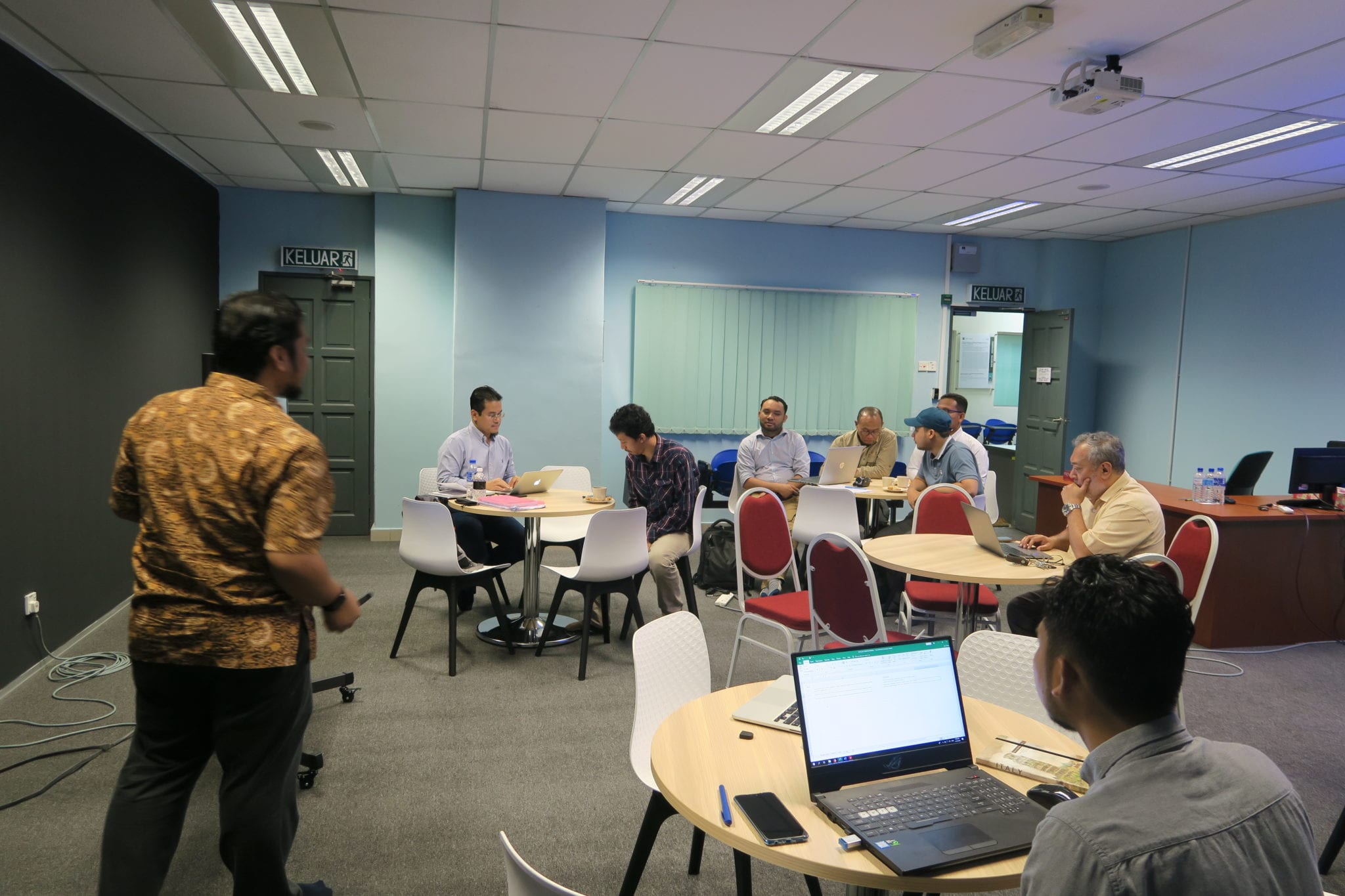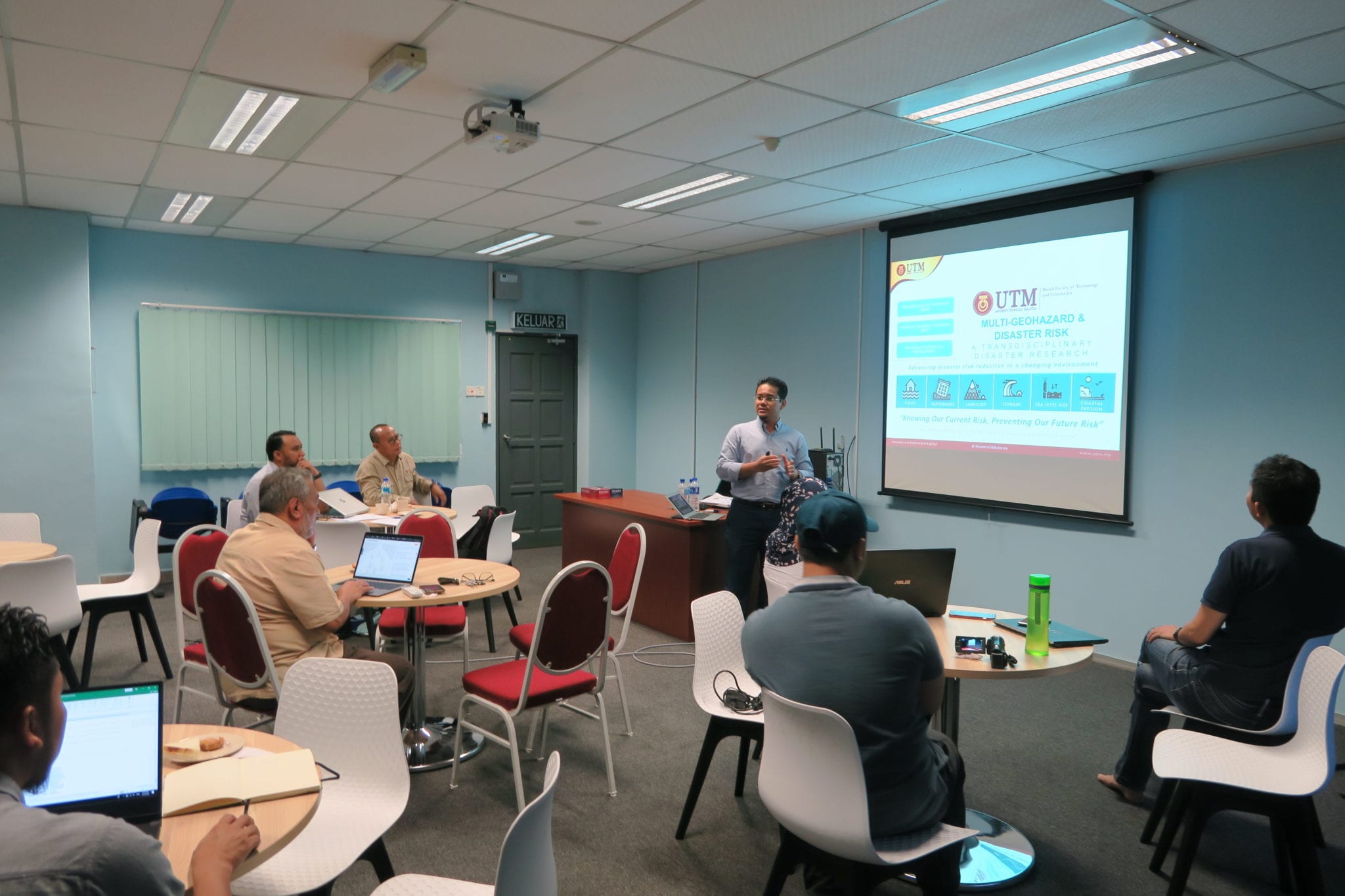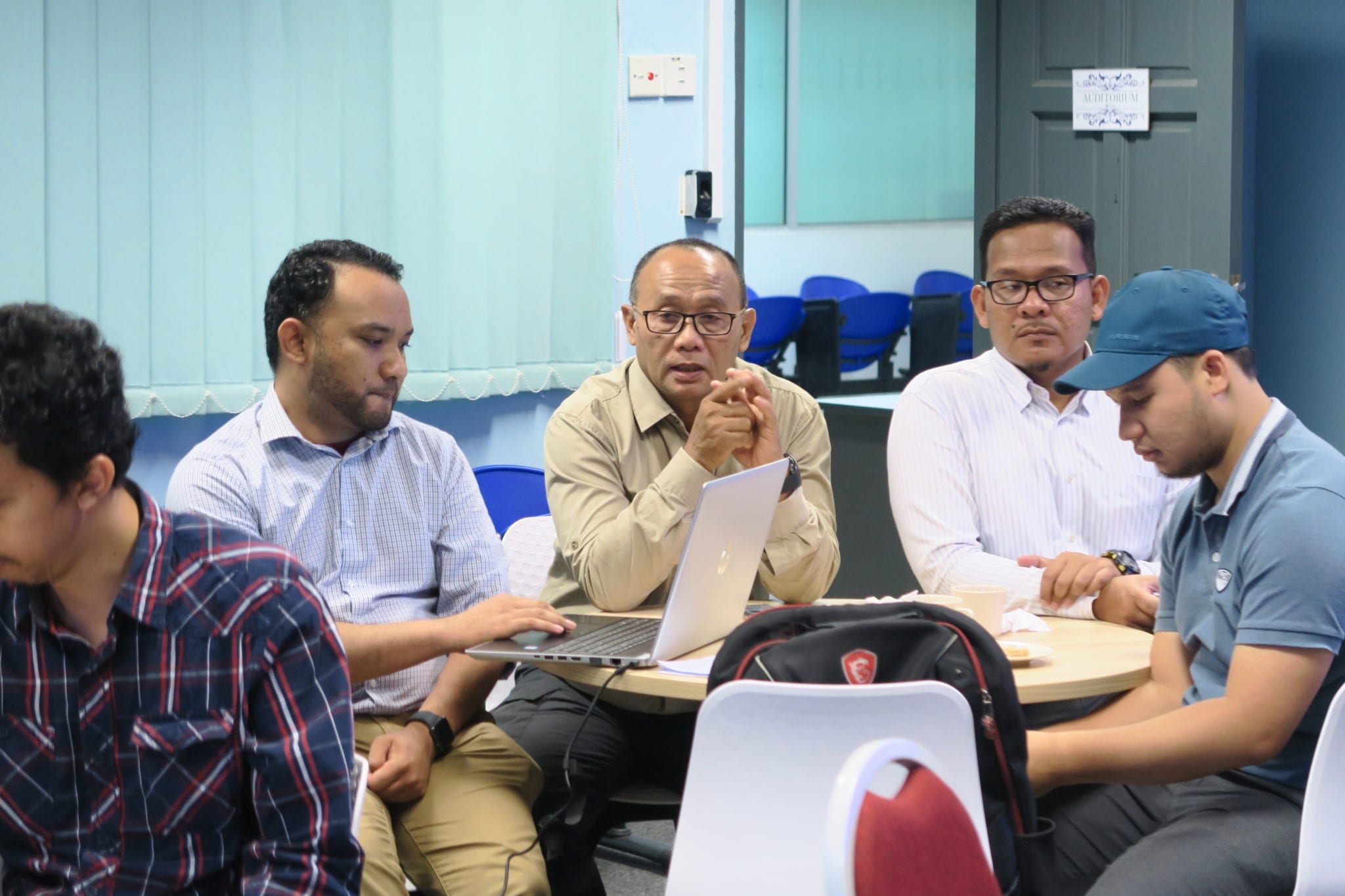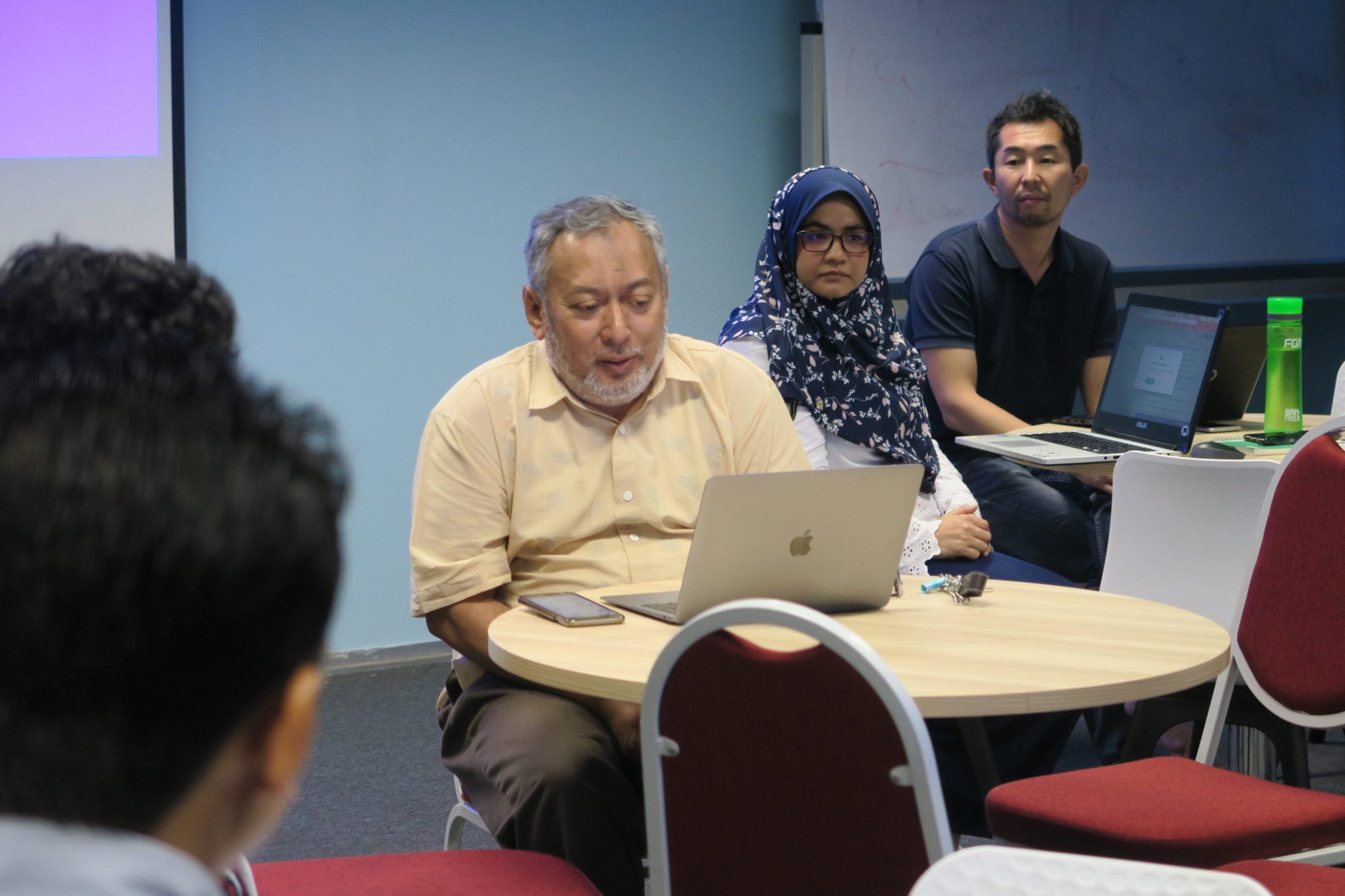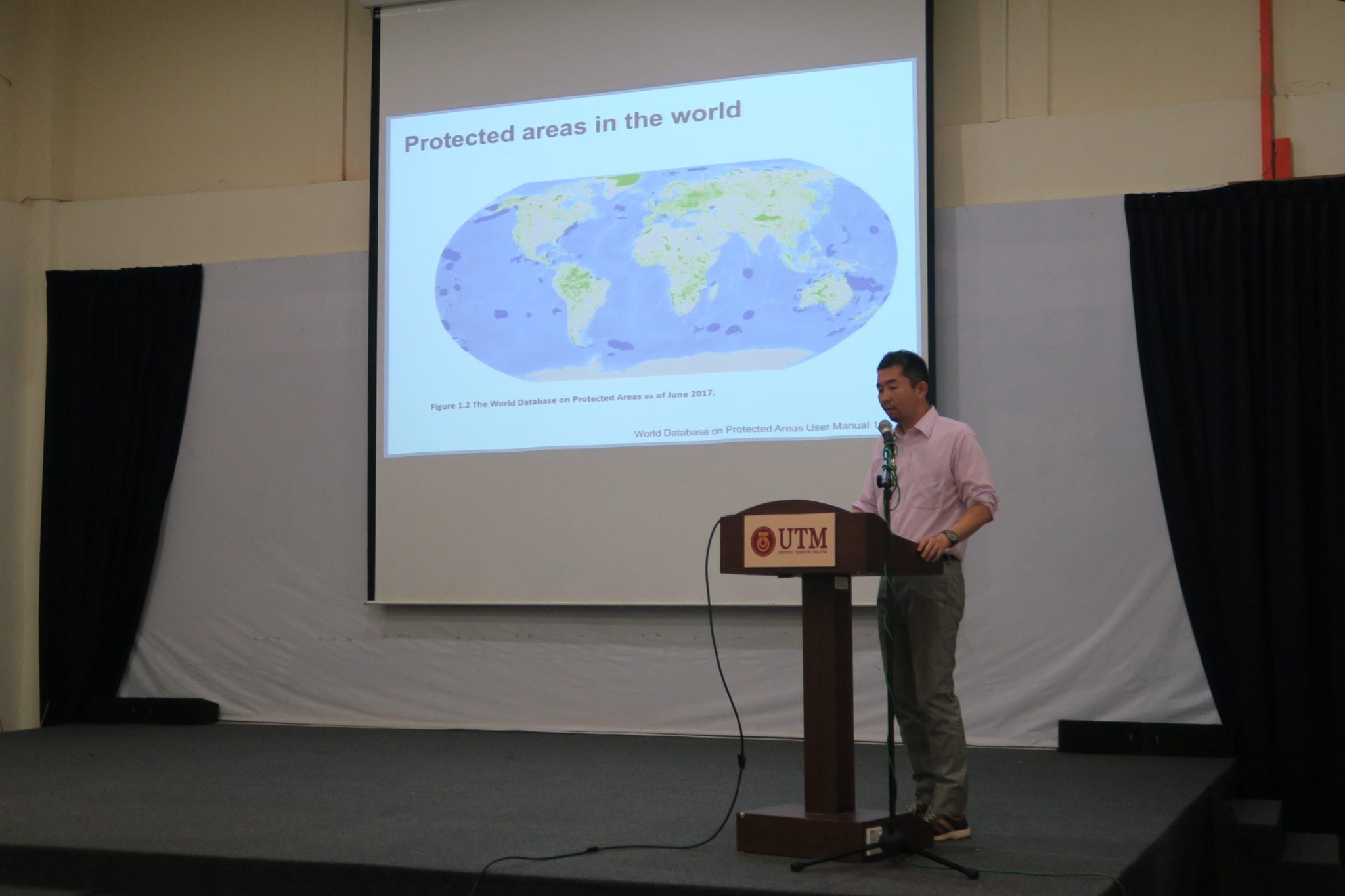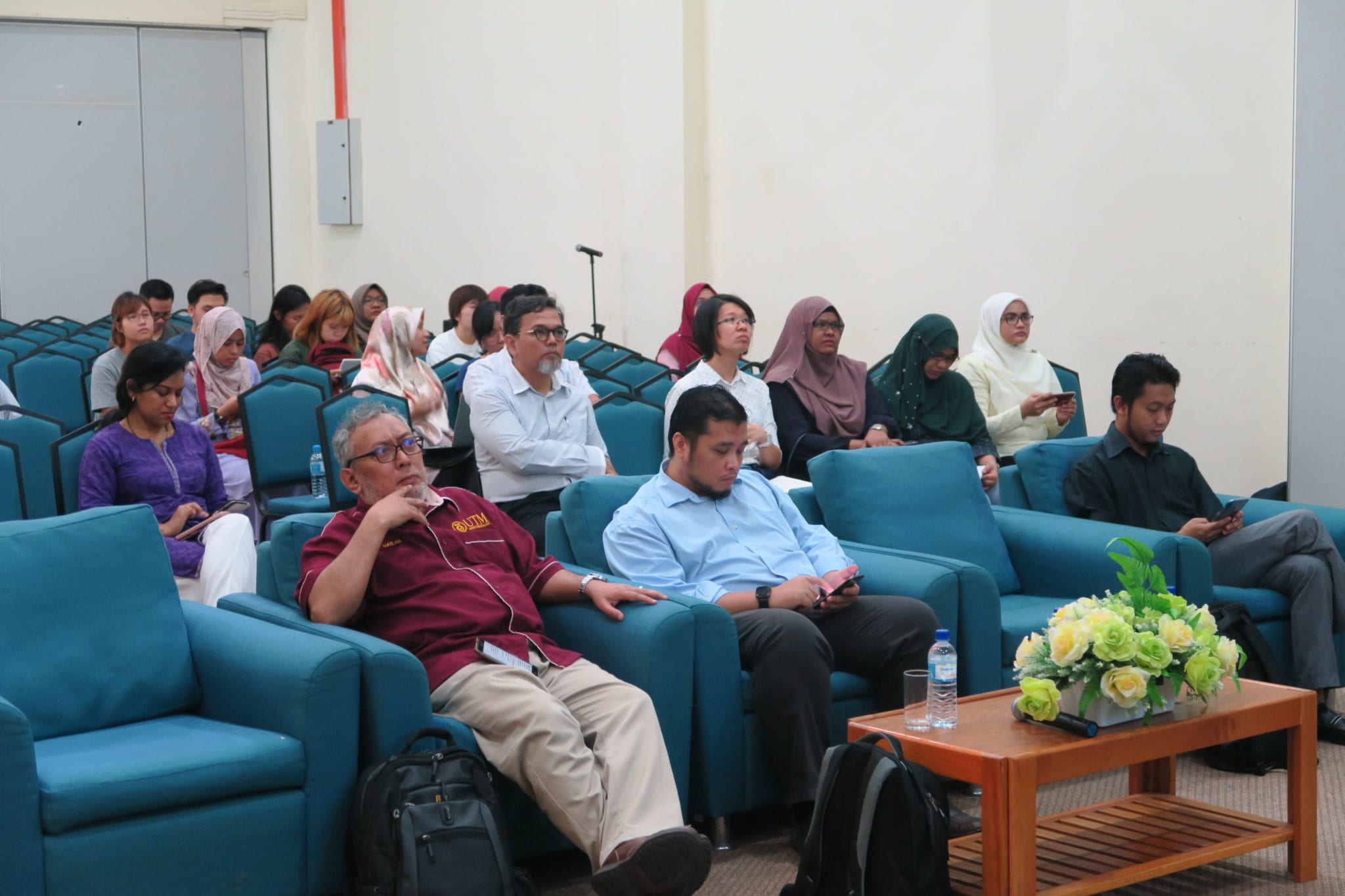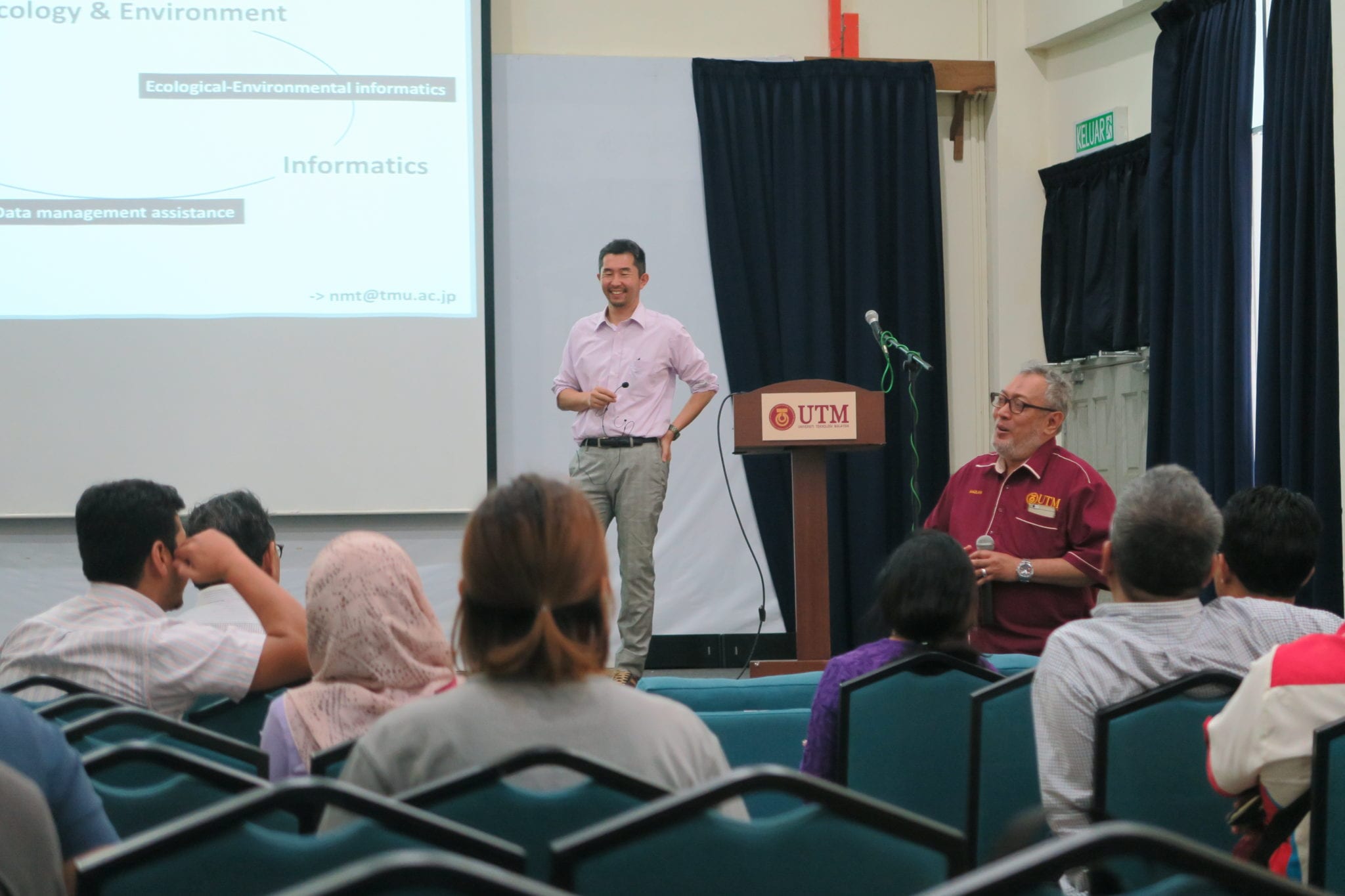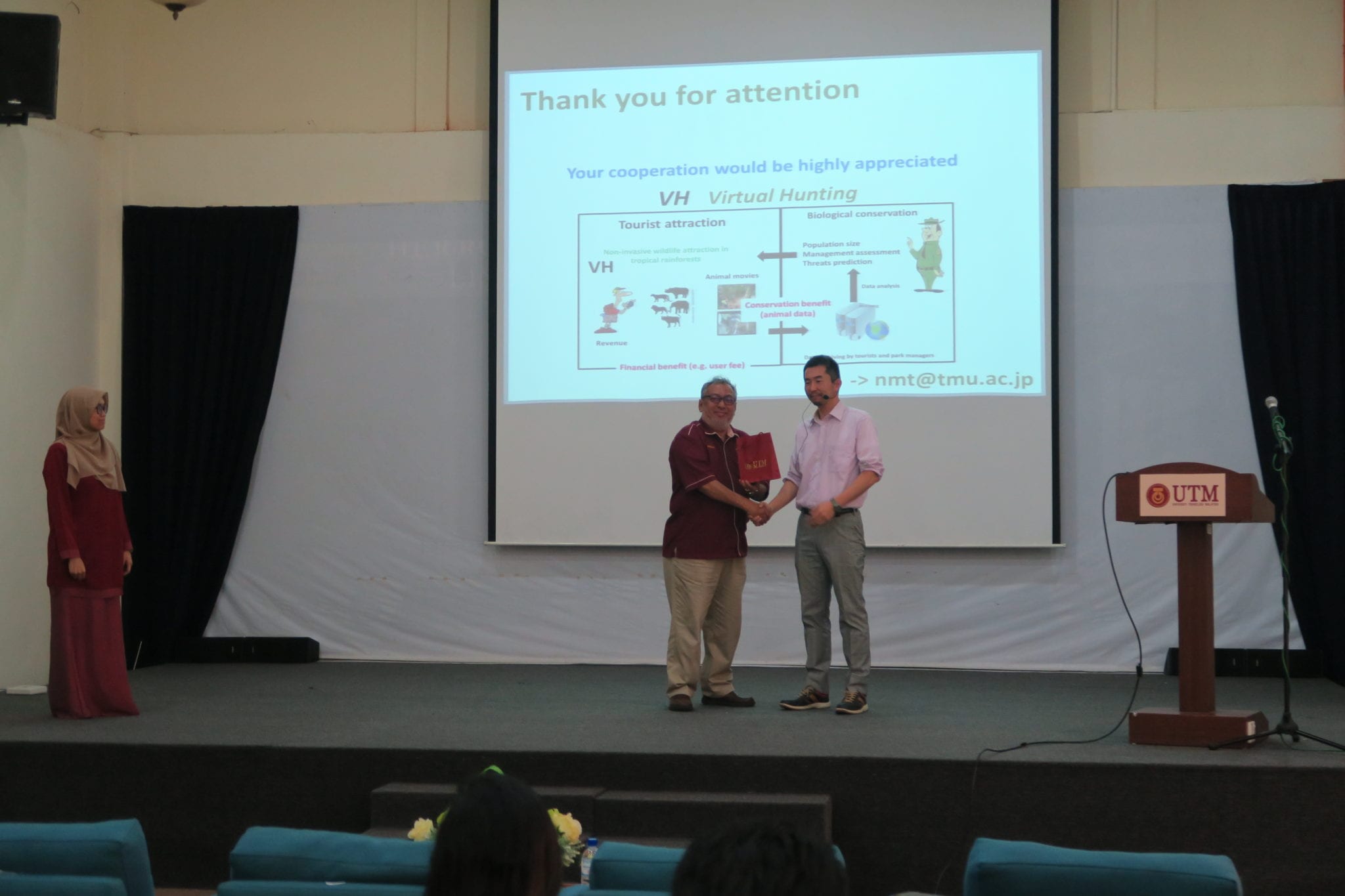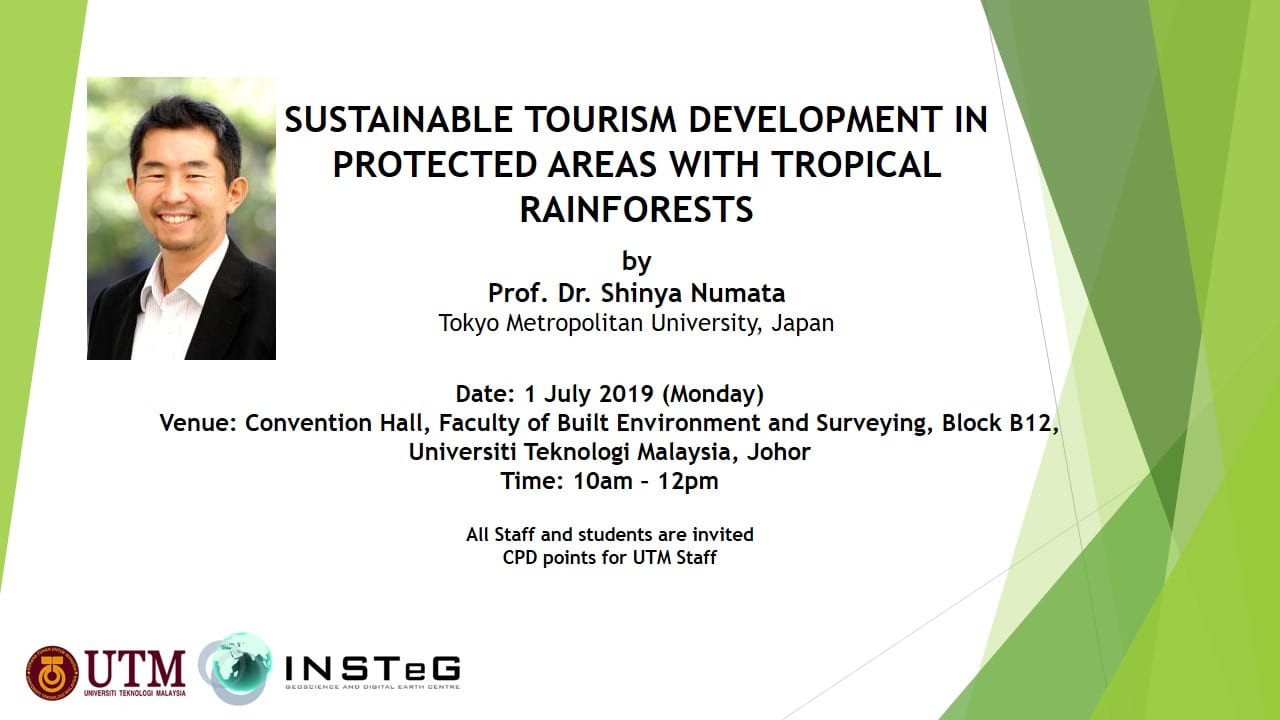by admininsteg | Nov 28, 2019 | Uncategorized
Geoscience and Digital Earth Centre (INSTeG), Universiti Teknologi Malaysia is now currently a sustaining membership of the International Society for Photogrammetry and Remote Sensing (ISPRS) effective from 26 November 2019 till December 2020.
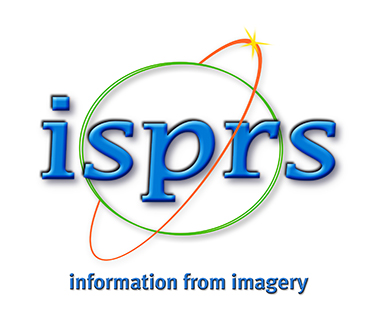
by admininsteg | Jun 27, 2019 | Uncategorized

June 27, 2019, INSTeG’s Hari Raya Celebration was held at the INSTeG’s Auditorium. The celebration was held after the public lecture slot delivered by Prof. Dr. Shinya Numata. The ceremony was attended by members and students of INSTeG.
by admininsteg | Jun 26, 2019 | Uncategorized
We are pleased to invite you to public lecture entitle ‘Sustainable Tourism Development in Protected Areas with Tropical Rainforests’ by Prof. Dr. Shinya Numata from Tokyo Metropolitan University, Japan.
Date: 1 July 2019 (Monday)
Time: 10:00 am – 12:00 pm
Vanue: Convention Hall, Faculty of Built Environment and Surveying, Blok B12, Universiti Teknologi Malaysia, Johor.
All UTM staff and students are invited. CPD points will be recorded for UTM staff.
Should you require further information about the public lecture, please feel free to contact us via email: insteg@utm.my
We look forward for your participation.
by admininsteg | Feb 17, 2019 | Uncategorized

February 17, 2019, a strategic planning meeting was held at the Faculty of Build Environment and Surveying (FABU), Johor. This meeting aims to improve KPI INSTeG in 2019 and improve quality control. The meeting was attended by Prof Sr. Dr Mazlan Bin Hashim, Dr Nadzri Bin Md Reba, Dr Mohd Rizaludin Bin Mahmud, Dr Ami Hassan Bin Md Din, Dr Noordyana Binti Hassan, Pn. Nurul Nadiah Binti Yahya and Mr. Mohd Taufik Bin razali.

